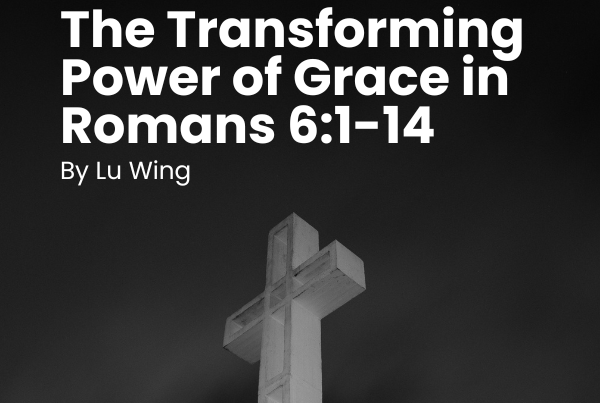
“but his disciples took him by night and let him down through an opening in the wall, lowering him in a basket” (Acts 9:25)
Biblical narrative is full of comedic expression: characters are sarcastic (e.g., 1 Sam. 21:15); names have ironic relevance to the plot (e.g., Gen. 4:8; Abel means a momentary vapor); events are occasionally outright laughable (can anyone read 1 Sam. 19:18-24 and not laugh?). Sometimes biblical stories contain unexpected reversals that change the trajectory of a plot in an amusing way. This is the case in the story of Paul’s conversion.
In the beginning of his story, the apostle Paul resembles king Saul. However, once he began to follow Jesus, Paul’s character switches from resembling Saul to David. This is an ironic turn of events, a comedic reversal that should both amuse and inform the reader. We will briefly examine both of these analogies and draw a conclusion about its significance for the christian life.
Paul=Saul
The apostle Paul is, of course, also named Saul (Acts 13:9). Not only do these two characters share the same name, but they are both from the tribe of Benjamin (1 Sam. 9:1, 2; 9:21; Rom. 11:1; Phil. 3:5). As the first king of Israel, Saul was the most famous Benjaminite. In a culture where individuals were often named after heroes of the past, it is likely that Paul was named after his famous kinsman from Israel’s monarchy.
Beyond sharing a common name, Paul and Saul both persecuted an anointed, Davidic figure. In Saul’s life, this drama is narrated in Samuel 18-31 where he sought to kill David in his house (1 Sam. 19:11), chased him out of the city (1 Sam. 19:18), and pursued him into the wilderness (1 Sam. 22:1; 23:15, 29; etc.). Similarly, the apostle Paul persecuted Jesus, the son of David. He did this by persecuting the church, which Jesus equates with persecuting himself (Acts 9:4-5). Like Saul, Paul sought out christians in their homes (Acts 8:3), driving them from their own cities (Acts 8:1).
Paul=David
After his conversion, in an ironic reversal, the persecutor becomes the persecuted. At this point, the second analogy comes into focus: that between Paul and David. Like David, Paul, after his conversion, was persecuted. He was stoned (Acts 14:19), beaten (16:22), imprisoned (Acts 16:23), and tried in court (Acts 23-26) for his trust in Jesus. Furthermore, like David who fled into the wilderness, Saul too spend time in the desert once his persecution began (Gal. 1:17).
Perhaps the most striking resemblance between Paul and David is a certain moment when each of them fled their persecutor. In these two stories, the persecutors planned to murder the heroes, sought them out by night, but did not find them because they were lowered by allies through an upper window and fled the city (1 Sam. 19:11-12; Acts 9:24-25).
Paul Conformed to David’s Image
Why do we find this sudden, ironic switch from a Paul=Saul analogy to a Paul=David? To put it another way, why is Paul humorously transformed from Saul to David? I believe this lies in the principle that those who follow Christ begin to be conformed into his likeness (Rom. 8:29). David, the persecuted king, prefigures the son of David, Jesus Christ. As soon as Paul began to follow Jesus, he began to experience the same kind of things that the prefigured Jesus (and Jesus himself) experienced.
This reversal in Paul’s fortune is a template for our own lives. Whether an outright persecutor or an ambivalent tolerator, at whatever stage we begin to follow Christ we may begin to experience the kind of things Jesus experienced. For some like Paul, this could look like imprisonment and physically intense persecution; for others, a gentler yet-still-disruptive force will work on our lives. Regardless of what form this takes, the comedic reversal on display in Paul’s life provides an illustration of God’s preordaining one individual “to be conformed into the image of [God’s] Son” (Rom. 8:29; ESV).







